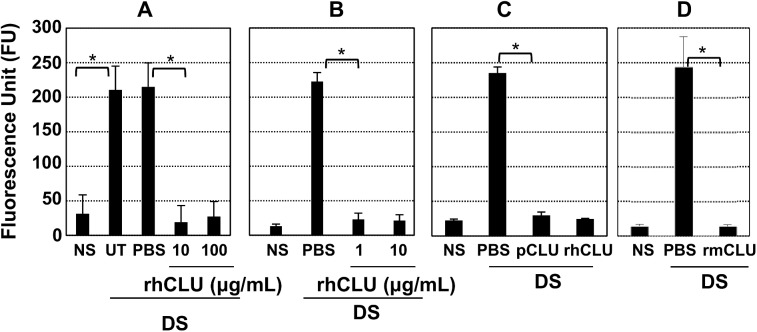Fig 1. Topical CLU protects the ocular surface barrier against functional disruption by desiccating stress.
The standard desiccating stress (DS) protocol was applied, while eyes were left untreated (UT) or treated topically 4 times/day with 1 uL of CLU formulated in PBS, or with PBS control. Non-stressed (NS) mice housed under normal ambient conditions served as a baseline control. After the indicated time period, barrier integrity was assayed by measuring corneal epithelial uptake of fluorescein (FU = Fluorescence Units at 521 nm). Values are expressed as the mean ± SD. (A) The desiccating stress (DS) protocol was applied for 5 days while also treating with rhCLU at 10 or 100 ug/mL. *P<0.0001 (n = 9). (B) The desiccating stress (DS) protocol was applied for 7 days while also treating with rhCLU at 1 or 10 ug/mL. *P<0.0001 (n = 4). (C) The desiccating stress (DS) protocol was applied for 5 days while also treating with human plasma CLU (pCLU) at 2 ug/mL *P<0.0001 (n = 4). (D) The desiccating stress (DS) protocol was applied for 5 days while also treating with recombinant mouse CLU (rmCLU) at 2 ug/mL. *P<0.0001 (n = 4)

